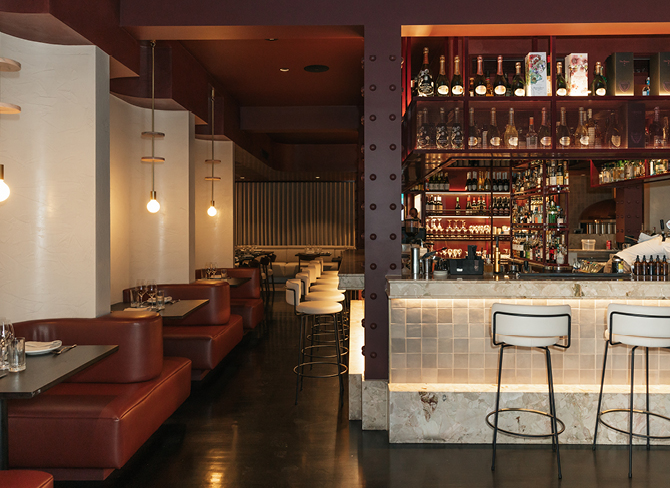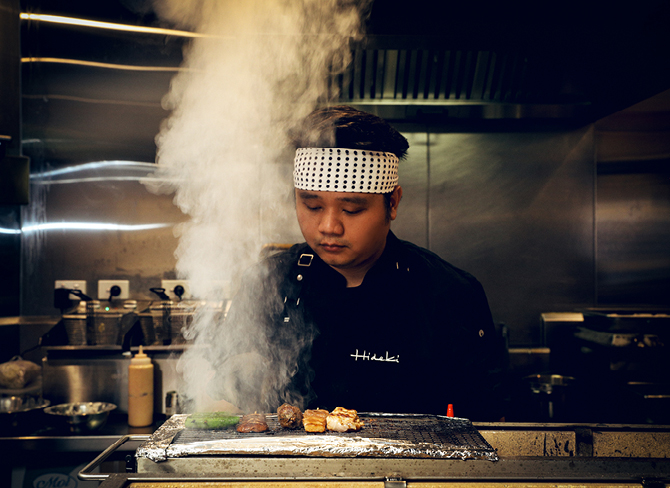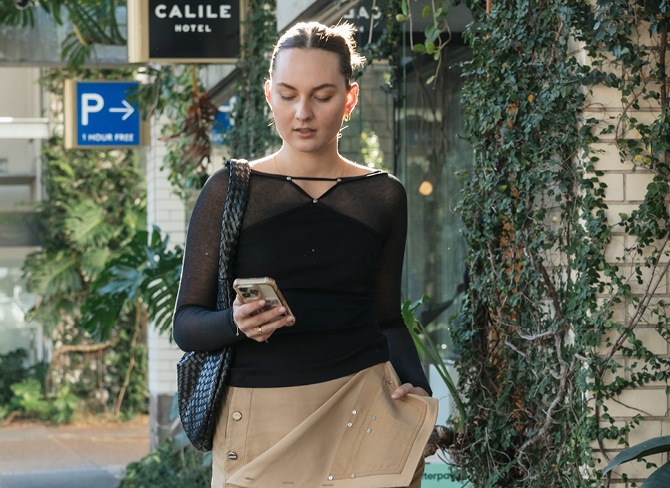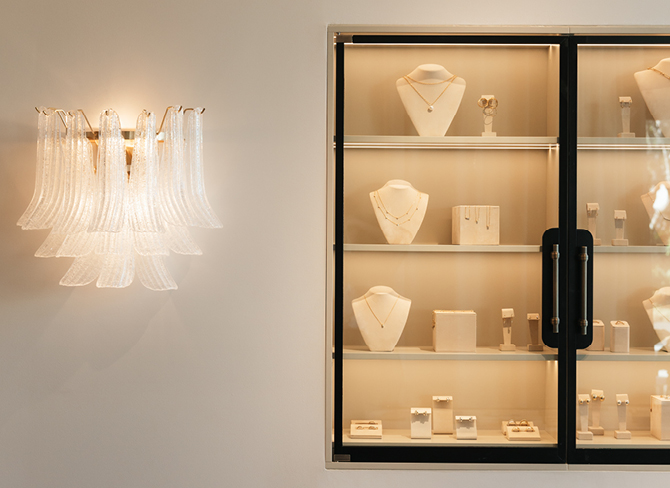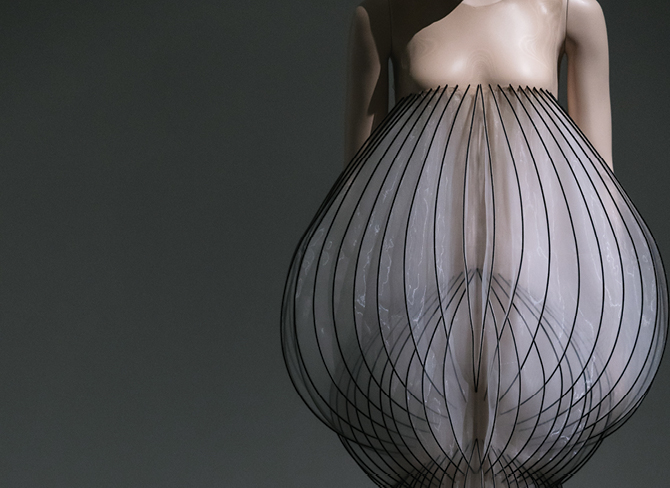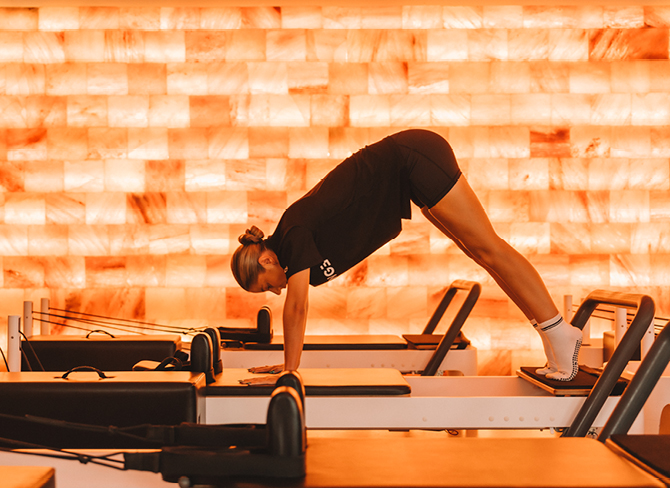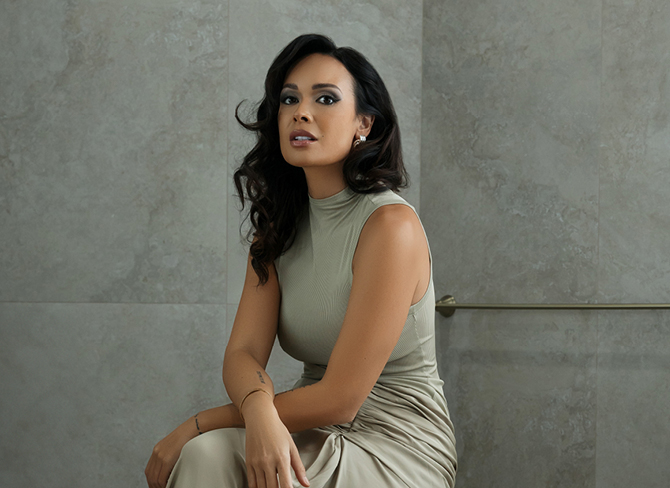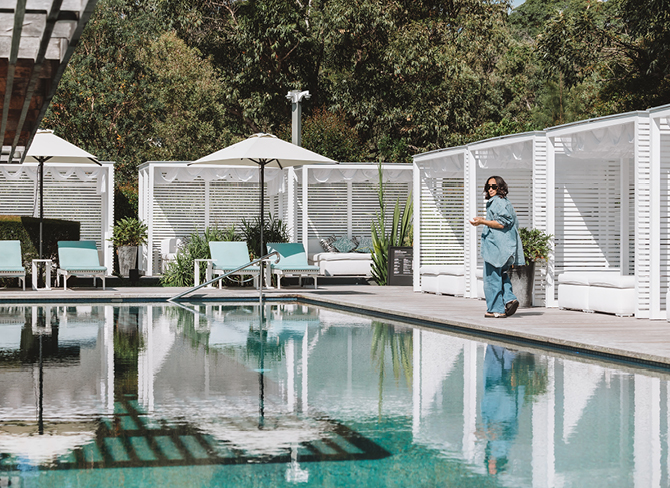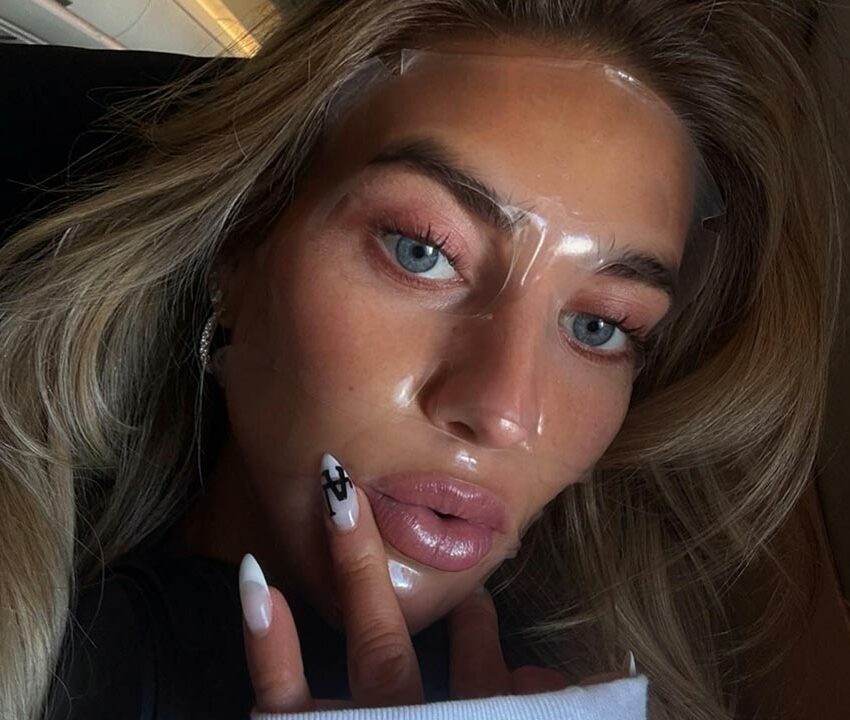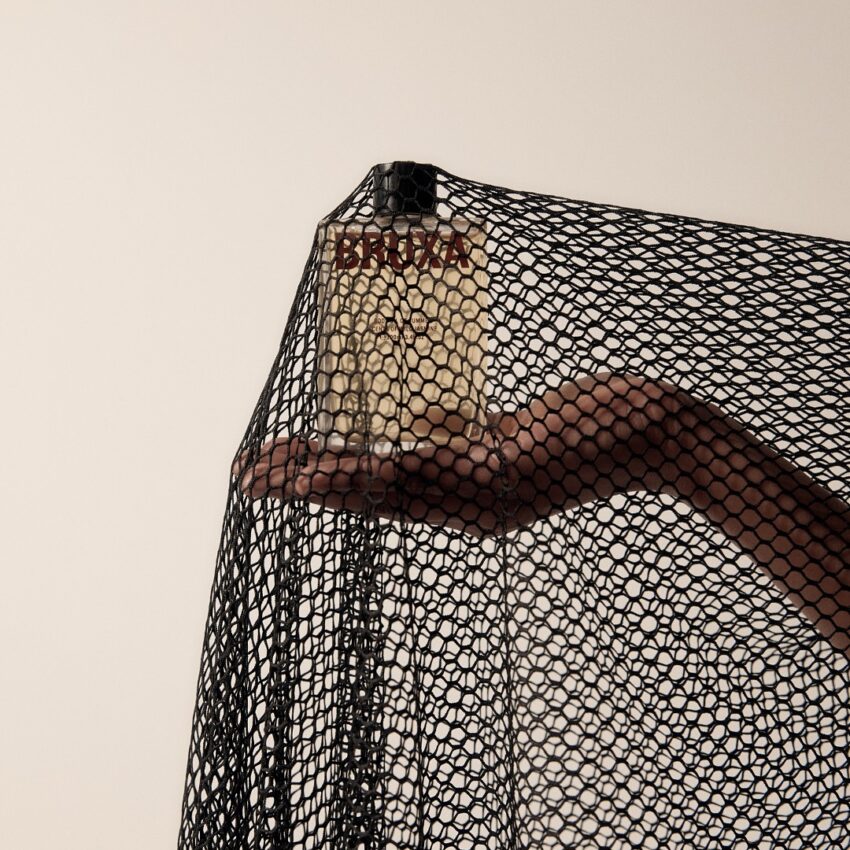
We Asked A Plastic Surgeon About Everything You’ve Ever Wanted To Know About Facelifts
Being informed is everything.
By Guest Styler | 15th November 2018Facelifts are one of those surgical procedures that we’ve heard about but aren’t very familiar with. After all, they aren’t as universal as breast lifts or nose jobs. Whether you’re considering the treatment for yourself, want to be informed, or just want to have plenty to say the next time it comes up in conversation, we’ve got you sorted. Because once again, we’re diving deep to answer all your questions regarding a certain plastic surgery procedure.
This month we spoke with Dr David Sharp, a highly-regarded Brisbane-based FRACS credentialed plastic surgeon, to learn more about facelifts. Assisted by a team of clinical and administrative professionals, Dr Sharp is highly sought after for his expertise and down-to-earth approach.
We asked him some of the most common questions our readers have about facelifts and got the complete down low on facelifts. Here’s everything you’ve ever wanted to know (but were too afraid to ask)!
What are the main facelift surgical techniques?
Facelift techniques are tailored to suit each patient’s unique anatomy, age, skin laxity and goals.
A standard modern facelift addresses sagging and excess skin in the middle and lower face. It involves an incision that begins above the hairline at the temple, extending down along the natural line in front of the ear, behind the cartilage at the front of the ear, behind the earlobe and continuing to the lower scalp’s hairline. Rather than just tightening the skin, this technique repositions deeper layers of the face, lifting the muscles, sculpting facial curves by redistributing fat and removing excess skin to give a harmonious, natural looking result. Modern facelift techniques avoid the overly stretched, permanently surprised appearance that was once synonymous with facelifts. A good facelift respects the aspects of your appearance that are uniquely you; the aim is for people to notice that you look incredible, without knowing you’ve had a facelift!
An alternative to the standard facelift uses shorter incisions at the temples, continuing around the ear; this is sometimes called a ‘mini’ or ‘S’ lift and is usually reserved for younger patients with less loose facial skin, as it does not involve the lifting of deeper facial structures under the skin.
In my practice, a facelift is commonly teamed with small amounts of fat grafting, blepharoplasty (eyelid lifting) surgery, or brow lift surgery to give the upper face a less tired, stressed appearance.
What is the process (from consultation to completion) of undergoing a facelift?
During your initial consultation, you will discuss your facial goals and desired outcome, and the surgeon will explain what the procedure may achieve for you. The surgical process will be explained in detail, including the expected recovery, scarring and potential risks; you will take this information home to consider, along with an estimate of fees (including a surgeon, assistant, anaesthetist, hospital, support garment/products and postoperative care).
What kind of individual is best suited to a surgical face life as opposed to non-surgical options?Facelift surgery lifts the face’s internal structures and reduces unwanted excess skin in the middle and lower face, but it does not act like dermal fillers in replacing lost facial volume, nor does it improve skin condition as laser treatments and a good skin regime will. The surgery alone won’t reduce frown lines or crows feet either, as wrinkle injections will. So surgical and non-surgical options offer different improvements, which act synergistically to complement each other. People often ask if they can avoid a facelift with laser and injectables and while these things can keep your skin looking healthy, they won’t stop gravity and eventually if you chase the effect of a facelift with too many injectables, the face ends up looking artificially puffy or heavy.
A sensible approach to facial ageing is a holistic one that looks at what each patient wishes to achieve and utilises a combination of optimal nutrition and hydration, strategic skin therapies, quality skincare products, judicious use of wrinkle relaxing injections and dermal fillers to replace lost facial volume – and if required, surgery.
But facelift surgery isn’t for everyone. It’s not a quick fix and it won’t cure self-esteem or identity issues. It also isn’t for those who are terrified by the thought of scars. Strange sensations are very normal as swelling dissipates and nerves regenerate, but this can be disconcerting at times, especially numbness that can make you feel disconnected from your face. Temporary nerve damage can also occur, and rarely this damage is permanent.
What can one expect post-surgery? Can you describe the healing process?
Facelifts are usually performed as day surgery, and patients go home with small tubes (called drains) that remove excess fluid. These are removed 1-2 days after your procedure; most patients report that this is much more comfortable than they expected it to be!
A postoperative facial support garment is worn 24/7 for the first two weeks and whenever you are at home for the first 6 weeks. At Dr David Sharp’s clinic, all facelift procedures include a Fraxel laser treatment, and this is usually performed a few months after the surgery to boost collagen production, refine the complexion and optimise scar healing.
While most patients don’t report high pain levels, the recovery requires a great deal of patience, positivity and healthy lifestyle choices. After a facelift, there are both internal scars – where incisions have been made and different planes of the face dissected – and external scars. During the healing process, patients can find the swelling, scar tightening and sensations caused by nerves disconcerting. Most swelling dissipates by 6 weeks post surgery, but nerves can take 12 months to reconnect and scars can take up to 2 years to fully mature, so a great deal of patience is required before the final results can be seen; being mentally and emotionally prepared for this is an important part of preoperative preparations.
What are some common misconceptions regarding facelifts?
The main misconceptions people have about facelifts are to do with results, the difference between a facelift and a necklift, and whether or not the surgery is scarless.
ResultsFacelift surgery isn’t designed to make you look like you’re 21 again; it is ideal for people with realistic expectation who want to look really good for their age. Result do not last forever; facelift turns back the clock but it does not stop the ageing process.
Facelift or necklift?The standard facelift procedure helps to redefine the jawline, reduce jowls and tighten neck skin; often a separate neck lift or platysmaplasty isn’t required to achieve the patient’s desired result. Often, patients think they need a neck lift to address their jowls and sagging skin in this area, however, the cause of their lower face concerns actually began with the loss, and migration, of their fat pads, skin and underlying facial support in their midface – causing skin and tissue to hang around the lower face. In this case, a facelift may address these issues and a neck lift might not be required.
Scarless surgeryThere is no such thing as scarless surgery; when skin is cut during surgery, some form of scar will remain; over time scars will mature and become softer, lighter and less prominent. If you are concerned about scars, talk to your surgeon about non-surgical scar reduction techniques.
Facelift surgery is very safe and performed frequently by plastic surgeons in Brisbane. However, it is a major procedure and therefore, choosing the right surgeon is of utmost importance. Facelift surgery should be performed by a qualified plastic surgeon who is registered as a Fellow of the Royal Australasian College of Surgeons. You can confirm your surgeon’s credentials here.
Dr David Sharp is a qualified plastic surgeon with a special interest in reconstructive and cosmetic plastic surgery. His personalised approach means that you receive plenty of preoperative time with him to discuss your specific facial rejuvenation goals and ask any questions.
Liked this? You’ll love these!1. Everything You’ve Ever Wanted To Know About Breast Lifts 2. 3 Of The Best Breast Augmentation Surgeons in Brisbane 3. Brisbane’s Best in the Biz for Plastic Surgery





